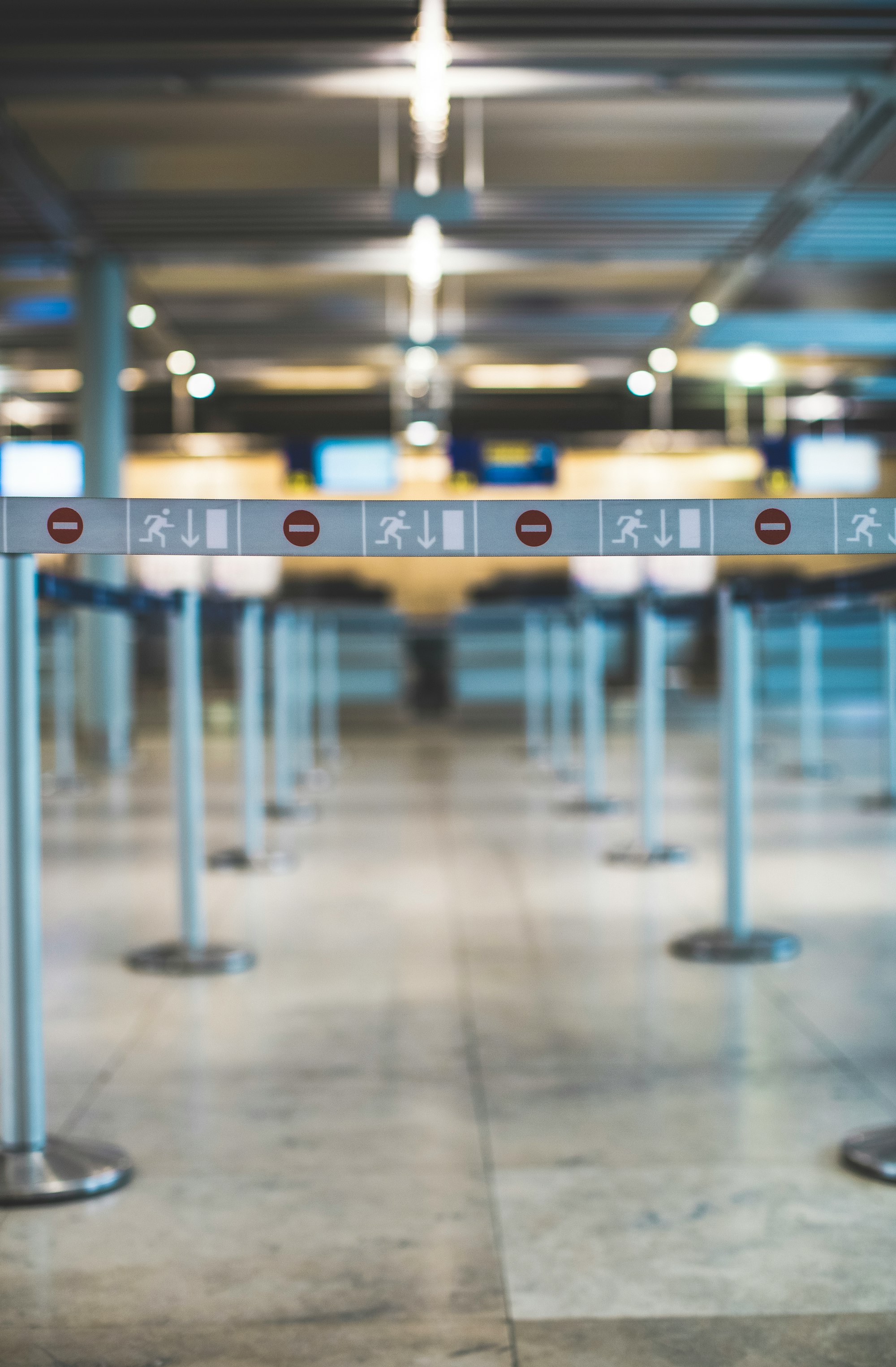This pandemic has given rise to a plethora of trade and investment disputes across the globe arising from legal issues as a result of delays and performance failure, liabilities for breach of contract, frustration, as well as uncertainties relating to triggering force majeure clauses. Settlement of these disputes requires urgent attention, so that trade facilitation can remain unhampered by the aforementioned disruptions.
This therefore calls for solutions uniquely designed to ensure the settlement of disputes in times of crisis, like the COVID-19 pandemic, in order to ensure dispute settlement processes can be carried out without any hindrance through the leverage of virtual technology and remote hearing alternatives. For this to be effective, these provisions should be included in trade related agreements from the outset, at the stage of negotiation, to ensure that the decisions reached in the instance of remote dispute resolution processes are binding and enforceable.
The Covid-19 pandemic has introduced the world to a new normal which has placed technology at the centre to keep the world going and building back better after the crisis. Thus, the dispute resolution landscape for international trade and investment must embrace this development, for trade and investment to thrive.
To assess this situation, we conducted an empirical study in the form of a survey, to ascertain whether there was an increase in demand for virtual hearings since the start of the global pandemic in 2020. It was also aimed at improving our understanding of the key themes relating to virtual hearings, in particular its strengths and weaknesses, from the perspective of those engaged in virtual hearings. We sent the survey to those who have experience in litigation or arbitration in various capacities in countries such as Peru, Ireland, Sri Lanka, the US, Mexico, Thailand, Nigeria and the UK.We received 33 responses, and the majority of the responses were received from counsel. We also received responses from arbitrators and representatives of arbitration centres.
Demand for virtual hearings is increasing overall, and in many cases by over 50%
88% of the responses indicated that they have experienced an increase in demand for virtual hearings since the start of the pandemic. Moreover, 64% of the responses indicated that there is an increase in demand for virtual hearings by more than 51% compared with pre covid-19 levels in demand. Therefore, while this does not explicitly mean that the pandemic is driving demand for virtual hearings, there is sufficient evidence to state that, based on the responses since the start of the pandemic, practitioners are increasingly considering virtual hearings.
The strengths and weaknesses of virtual hearings
It was revealed that participants had experienced issues relating to connectivity and the clarity of images and audio. Moreover, the responses also included disadvantages relating to litigation strategies. For instance, participants found that the number of attendees that can participate is often an issue, as well as controlling the environment in which witnesses provide evidence to the court. Arbitrators also have obstacles in terms of recording sessions and greater preparation is required to ensure the sessions run smoothly. It can also be observed that wider skills are required to undertake virtual hearings. For instance, using Information Technology specialists and engineers, which can be costly and difficult in specific regions. The ability to cross-examine is impaired through the use of virtual hearings according to 55% of the participants of the survey.
The survey also highlighted 3 three commonly cited concerns regarding remote hearings:
1 – Cost -The results of our survey indicated that one attractive element of virtual dispute resolution mechanisms was its potential for reducing costs. 17 of the experts and professionals who took part in the survey indicated cost saving as a benefit, while 3 respondents noted cost saving as the only or most important benefit to virtual hearings. In assessing the effect of virtual hearings on costs, it is important to evaluate what costs may be incurred through a virtual hearing format. Virtual hearings require additional technology, including but not limited to; computers, cameras, microphones, online software, and access to the internet. The accessibility and costs associated with virtual hearings may also differ depending on the region in question. However, Damian Honey notes that, “Parties may be concerned about the cost of a remote hearing, and it is true that setting up the technology will involve additional costs. However, this is easily balanced against the savings made by the parties in terms of travel and accommodation. In most cases, the cost may not be significantly (or any) higher than a physical hearing”.[1]
Hyemin Park further notes that any costs incurred as a result of virtual hearings may be limited in scope, compared to traditional arbitrations. Once a party has obtained all of the necessary technology to conduct a virtual hearing, this technology can be used in later hearings, while travel expenses would be incurred for each subsequent in-person hearing.[2]
Virtual hearings may also facilitate a reduction in accommodation and carbon emissions. A Global Arbitration Review article speaks to the idea that, “The necessary technologies are available sometimes at minimal expense and at a fraction of the cost of travel and accommodation for multiple participants in distant hearings […] One must also consider the reduced harm to the environment that will result from less long-distance travel”.[3]
2 – Cybersecurity & Data Protection - A 2015 International Bar Association report on the future of arbitration noted that, “Many saw technology as aiding aspects of arbitration rather than replacing the current status quo […] some raised concerns over data protection and storage”.[4] Since this report was published, there have been further developments regarding data protection in the technology sphere, given the introduction of the General Data Protection Regulations (GDPR) across the EU. Advancements in technology may have reduced the immediacy of this concern. Our survey respondents did not raise any concerns regarding cybersecurity or data protection in relation to virtual hearings. This standpoint is well-founded, given that virtual hearings have been in place for many years. ICSID (International Centre for Settlement of Investment Disputes) notes that “All ICSID virtual hearings benefit from end-to-end encryption that meets the World Bank Group’s stringent security and risk requirements”.[5] Further, an ICC (International Chamber of Commerce's International Court of Arbitration) report notes that, “Based on available anecdotal evidence, data integrity issues are rarely identified in arbitration proceedings, and usually do not cause any substantial disruption of proceedings”.[6]
In practice, virtual hearings have potential for data breaches, just as physical or semi-remote hearings do. Evidence indicates that the reality of these breaches has, to date, been minimal, and future virtual hearings can look to pre-existing protocols and guidelines for minimising the potential for cybersecurity issues and data breaches.
3 – Conducting Remote Hearings - There have been mixed impressions about the effect of conducting remote hearings. The majority of people are of the opinion that remote hearings represent a great advancement for arbitration, others are not entirely convinced of their advantages.[7] One of the main disadvantages of remote hearings is that they limit personal connections between participants. In remote hearings, one simply cannot see people as clearly as you can in in-person hearings. A large amount of the way people communicate is non-verbal, and with remote hearings many people have realised just how much they rely on body language to conduct themselves.
In connection to this, assessing a witness’ credibility appears to be a common concern in remote hearings. Many are of the opinion that the tribunals and counsels’ ability to assess witness credibility[8] is significantly impaired in remote hearings, simply because they are not able to look him or her in the eye.[9] Many protocols have created procedures for the taking of evidence from witnesses to ensure that the integrity of the testimony is preserved. For instance, the Seoul Protocol on Video Conference in International Arbitration[10] states that the video conferencing system at the venue shall allow a reasonable part of the interior of the room in which the witness is located to be shown on screen, while retaining sufficient proximity to depict the witness so his or her face is clearly visible.
Another important concern is the parties’ limitation to consult with their counsel in real time.[11] Although most of the protocols issued by the arbitration institutions recommend the use of breakout rooms, many clients and counsels consider that the exchange of information takes too long.
To conclude, the dispute settlement landscape in international trade and investment faces imminent threat in times of crisis as evidenced by the case of the Covid-19 pandemic. Climate change, deforestation and mass human migration have been factors in this pandemic, and their continuation signals that more pandemics of this scale may be likely in the future. Therefore, it is important to find a multilateral approach to resolving this challenge not just in the short term but with a long-term approach that is sustainable. The introduction of remote hearing which facilitates virtual dispute resolution in existing Trade Agreements and Investment Treaties is a multilateral technological solution that will aid long-term trade liberalisation.
Authors: Gbemisola Osadua, Conor Courtney, Andrea Morelli, Archana Mudali, & Onosetalese Ogbebor.
The unedited version of this article appeared in the UN ESCAP Online Repository.
[1]D. Honey & N. Gare, ‘Questions And Answers On How Best to Deal with International Arbitration In The Face Of Covid-19’, (Holman Fenwick Willan), accessed 16 July 2020 < https://www.hfw.com/Questions-and-answers-on-how-best-to-deal-with-International-Arbitration-in-the-face-of-COVID-19-March-2020>
[2]H. Park & J.H. Kwon, ‘Virtual Hearing in International Arbitration’, (Kim & Chang, Newsletter, 3March 2020), accessed 16 July 2020 <https://www.kimchang.com/en/insights/detail.kc?sch_section=4&idx=21549>
[3]Global Arbitration Review, ‘Virtual hearings – the new normal’, (GAR, 27March 2020), accessed 16 July 2020 < https://globalarbitrationreview.com/article/1222421/virtual-hearings-–-the-new-normal>
[4]International Bar Association, ‘The Current State and Future of International Arbitration: Regional Perspectives’, (UK, IBA Arb 40 Subcommittee, August 2015), p.74.
[5]Ibid.
[6]Ibid, p.11.
[7]Butcher & Barlow LLP, ‘Lockdown and Remote Court Hearings’ (April, 2020).
[8]Debevoise & Plimpton, ‘Conducting International Arbitrations During the COVID-19 Pandemic’ (April, 2020).
[9]Butcher & Barlow LLP (n 64).
[10]Accessible at < https://globalarbitrationreview.com/digital_assets/9eb818a3-7fff-4faa-aad3-3e4799a39291/Seoul-Protocol-on-Video-Conference-in-International-Arbitration-(1).pdf>
[11]Korean Commercial Arbitration Board (n 29).







